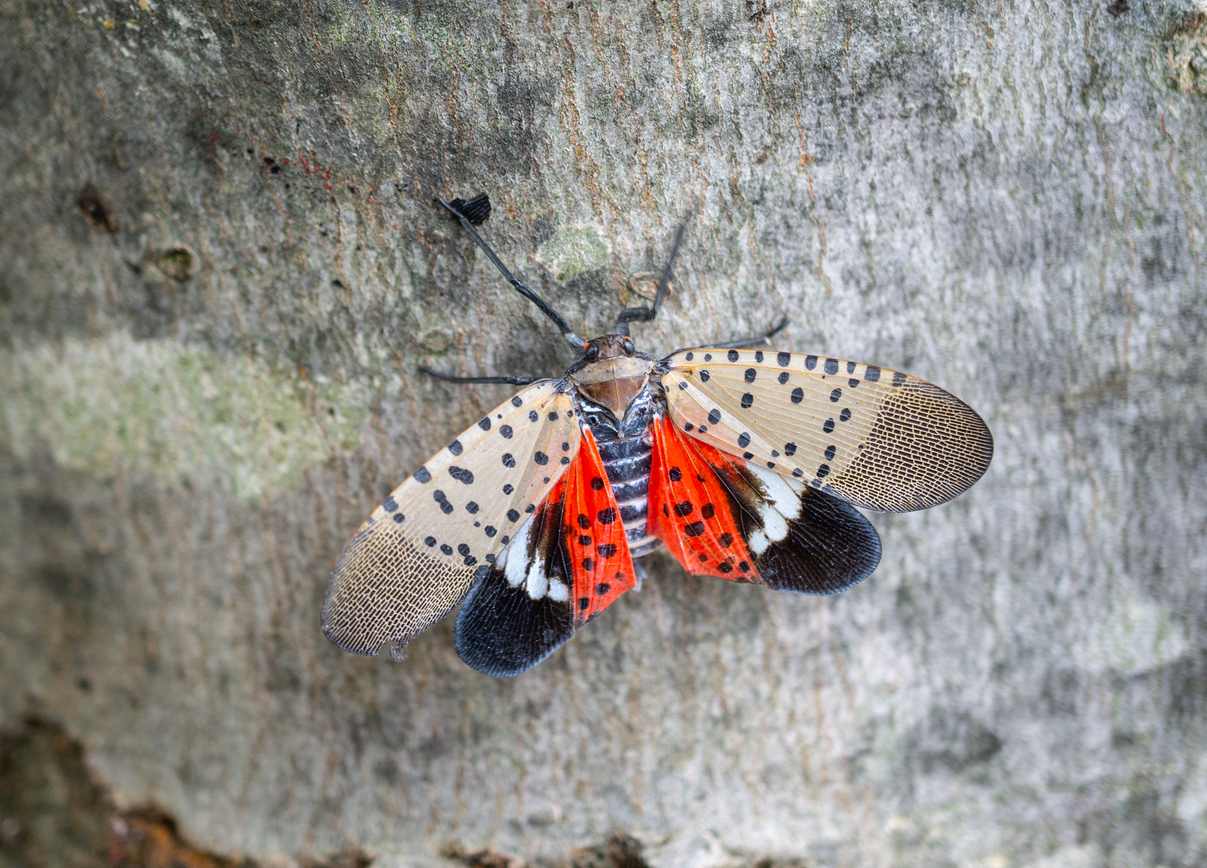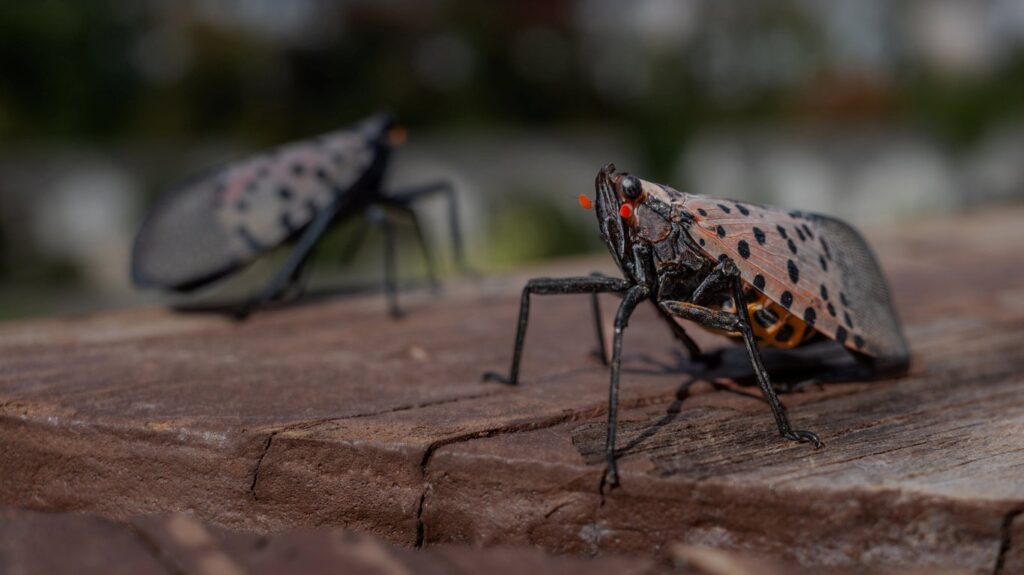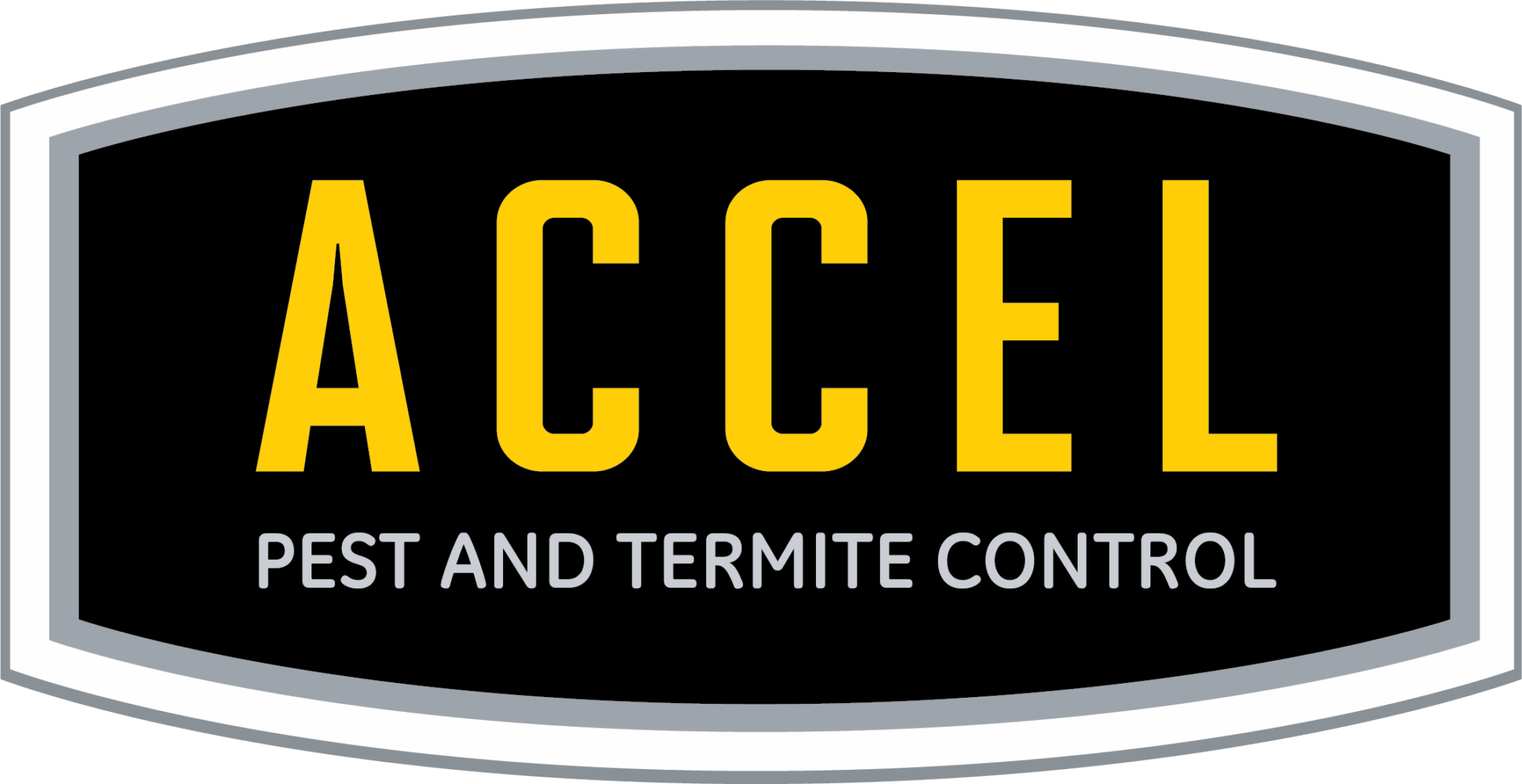Identifying and Controlling Spotted Lanternflies Around Your Home

One of the most destructive invasive species in the United States may be closer than you think. They’re called spotted lanternflies, and these striking, brightly patterned insects have spread across much of the eastern and Mid-Atlantic United States in a remarkably short time. Since their arrival, their numbers have grown so rapidly that they’ve become a major concern for homeowners, gardeners, and farmers alike.
So today, let’s look at why lanternflies are such a troubling pest and what you can do to help protect your property before an infestation takes hold.
Where Do Lanternflies Come From
Despite being found practically around every corner during the hotter months in the Northeast, spotted lanternflies are not native to North America.
Originating in Asia, with China, India, and Vietnam hosting some of the highest populations, these insects made their way here the same way many invasive species do, by accident.
Spotted lanternflies hitched a ride aboard cargo ships carrying produce and manufactured goods. Once they arrived, they found themselves in an environment with plenty of plants to feed on and no natural predators to keep their population in check.
What makes this even more surprising, and devastating, is how recent their arrival has been. The first spotted lanternflies on the Atlantic coast were recorded in 2014, with practically no presence in the U.S. before then. In just over a decade, they’ve spread across multiple eastern states, and there’s little indication their expansion will slow down anytime soon.
Are All Pests Invasive Species?
It’s a common misconception that all pests are invasive. While many are, plenty of pests are actually native to the United States. For example, American cockroaches and certain species of ants have been part of local ecosystems long before humans began to consider them a nuisance.
That said, invasive pests often cause the most damage. Imported red fire ants, for example, arrived in the U.S. from South America and quickly became a threat because they had no natural predators here.
Spotted lanternflies are in a similar position, having been taken from their native environment into one where they face little competition, giving them a huge advantage over native pest species and allowing them to spread unchecked.
Why Are Lanternflies A Problem?
Spotted lanternflies cause headaches for both residential and agricultural property owners. While they’ll happily feed on ornamental plants and garden vegetation, their greatest impact is felt in agriculture, where they threaten crops that entire industries depend on.
What Spotted Lanternfly Damage Looks Like
Lanternflies will attack nearly any plant they encounter, but they have a preference for crops rich in sweet sap.
Sap is essentially a plant’s lifeblood, transporting energy-packed sugars throughout its structure. When lanternflies feed, they pierce the stems and siphon out this vital resource. Not only does this deprive the plant of the energy it needs, but it also weakens its structural integrity, leading to wilting, yellowed leaves, and stunted growth.
What Signs Do Spotted Lanternflies Leave Behind
As they feed, lanternflies excrete a sticky, sugary substance known as honeydew. While it may seem strange to consume sap only to expel much of its sugar, this is due to sap’s high sugar content while offering a small amount of nutrients.
Lanternflies must consume a large volume to get the proteins and amino acids they need. This feeding behavior means they damage more plants in less time, leaving behind honeydew that can attract other pests or cause the growth of black sooty mold if left untreated.
How Do Lanternflies Spread So Quickly
Their appetite is only half the problem, with the other being how quickly spotted lanternflies reproduce. Instead of laying individual eggs, female lanternflies produce egg masses, each containing 30 to 50 eggs. A single female can lay between 30 and 50 of these masses in one season.
That’s roughly 900 to 2,500 potential eggs per lanternfly, per season. Combined with a lack of predators, it’s easy to see how their population reached the millions so quickly, and why it continues to grow every year.
Get Professional At-Home Pest Control With Accel

What can you do to keep your yard, garden, and every part of your property protected? Call Accel Pest and Termite Control.
With industry-leading knowledge on pest prevention and expert equipment to match, we’ll assess your property, identify problem areas, and recommend an effective plan to keep spotted lanternflies and other damaging pests from taking over.
You can stop invasive insects before they have the chance to multiply and spread. Reach out to Accel Pest and Termite Control today to schedule an appointment.
